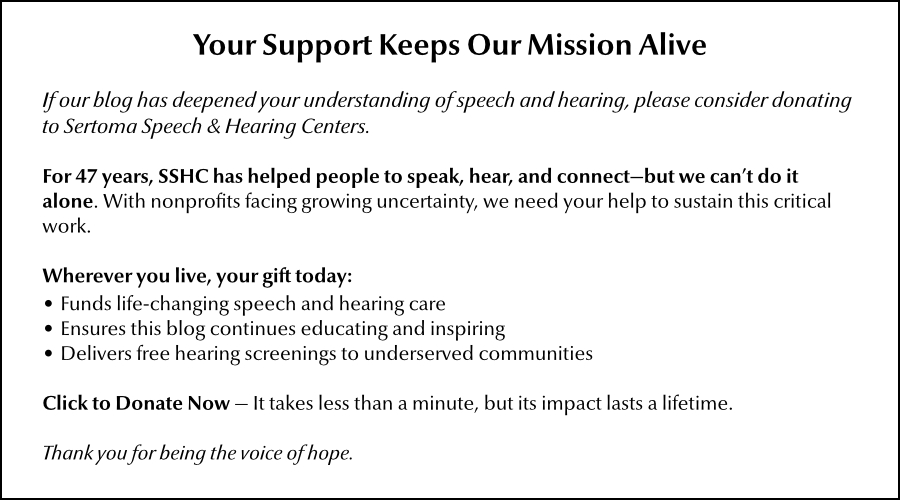Hearing aids have advanced significantly and are equipped with impressive technology. However, many users still encounter a major challenge: comprehending conversations amidst background noise. This is frustrating, common, and often the greatest difficulty for hearing care professionals to address completely.
Why it matters
Improving the signal-to-noise ratio by enhancing desired sounds, reducing background noise, or both helps people with hearing loss address the ongoing challenge of comprehending speech in noisy environments.
The challenge
Social events are often the hardest. The background chatter, music, or clatter can sound very similar acoustically to the voice you want to hear. Your brain has a tough job figuring out which sounds to focus on and which to ignore. This difficulty isn't just about volume; it's about clarity and the brain's ability to process sound effectively when hearing is impaired.
How it works
Audiologists measure this using the signal-to-noise ratio, or SNR.
- Signal: The sound you want to hear (e.g., your friend talking).
- Noise: Everything else you don't want to hear.
- Positive SNR: Signal is louder than noise (good).
- Zero SNR: Signal and noise are equally loud (hard).
- Negative SNR: Noise is louder than signal (very hard).

Zoom in
To enhance your hearing in noisy environments, you have three options to improve the SNR:
- Increase the signal: Make the voice you want to hear louder. This happens naturally when someone raises their voice or uses a microphone. Even if the noise stays the same, a louder signal makes it easier to understand.
- Reduce the noise: Lower the level of background sounds. This can be done by choosing quieter locations, using rooms treated with sound-absorbing materials, or through technology like noise reduction in hearing aids or active noise cancellation. Less noise makes the signal stand out more.
- Increase the signal AND reduce the noise: This is the most effective approach. Hearing aids help by amplifying sounds based on your hearing loss and using special programs to cut down on background noise. Adding a remote microphone directly streams the desired voice to your hearing aids, boosting the signal significantly while minimizing noise pickup.
The takeaway
Improving the signal-to-noise ratio is the key to better hearing in difficult environments. The next time you're struggling with noise, think about this formula:
- Can you make the speaker's voice louder?
- Can you reduce the background noise?
- Can you do both?
- Simple steps, like moving to a quieter table or using tools like a remote microphone, can make a big difference in understanding conversations.
Work with your audiologist to optimize your hearing
Let them know what you're struggling with. They'll check the settings on your hearing aids and fine-tune them to give you better performance.
★ Call 708-599-9500 to schedule an appointment.
★ For facts about hearing loss and hearing aid options, grab your copy of The Hearing Loss Guide.
★ Sign up for our newsletter for the latest on Hearing aids, dementia triggered by hearing loss, pediatric speech and hearing, speech-language therapies, Parkinson's Voice therapies, and occupational-hearing conservation. We publish our newsletter eight times a year.


